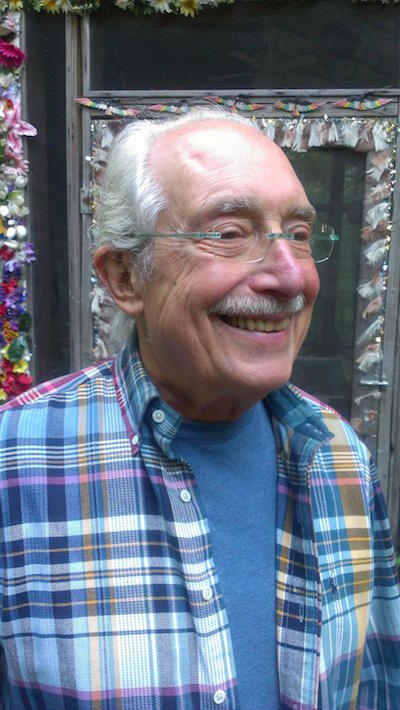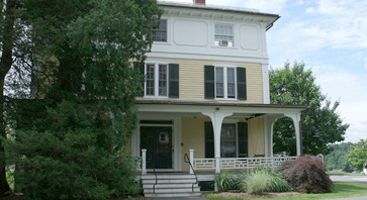Vidal Sassoon
May 8, 2016 • 9 Comments • Posted in careers/jobs for people who are blind, memoir writing, writing prompts
Bob Eisenberg, author of today’s guest post.
In my previous post I mentioned that one writer chose Vidal Sassoon’s death as one that had made him particularly sad. A Blog follower left a comment saying she’d love to read that essay, and writer Bob Eisenberg graciously gave us permission to publish it here.
Bob Eisenberg is still styling hair after 60 years in the business, but he takes an afternoon off every week to join our Monday Lincoln Park Village memoir class. Here’s his essay.
by Bob Eisenberg
Sitting next to my favorite celebrity at a Beverly Hills hotel bar was one of the most exciting experiences in my life. I was in California for a workshop, and when I saw him there sitting alone I walked up to him and said how much I appreciated his talents. “I’ve followed your teaching for years,” I said.
He asked me to have a seat at the bar and have a drink. I was overwhelmed. This man was the best-known celebrity in the hair styling industry: Vidal Sassoon.
We talked for the longest time about the salon industry, our exciting salon businesses, and then went on to talk about philosophy and spirituality. I told him he was my mentor and that I’d been following his teachings for many years.
My hair styling story started years before when I was 20 and just got out of the army. I took my girlfriend to fabulous Vicks beauty salon, and while I was attentively watching the stylist cut her hair, a flash went through me. “I could do that,” I said to myself.
I had been drawing faces of classmates all my life and got disciplined in high school for doodling instead of paying attention to the teacher. It would be exciting to style hair around a face. The next day I enrolled in a neighborhood beauty school.
As I was getting close to graduating, my neighborhood friend Lenny Messeli came up to me and asked, “Bob, what are you going to do after we graduate?”
”Just look for a job,” I said with a shrug.
Lenny said his uncle had a beauty salon called The Magic Touch in Chicago’s Rogers Park neighborhood. “He wants to sell it for $1500,” Lenny said. “We could buy it for $750 a piece and be partners.”
”I’m just out of school!” I told Lenny. “I don’t even know how to do hair yet.”
Lenny had an answer. “My uncle say’s you don’t have to know how to do hair at his salon,” he said. “All you need is a good joke, and they’ll keep coming back.”
So Lenny and I became partners. After two years of joke telling and $3.50 hair cuts, I became burnt out. I saw an ad in The Hairdressers Journal that advertised a Vidal Sassoon workshop. It said I could learn a method of hair styling that doesn’t require any ruffing, teasing, hair spray or heavy gels. I attended the workshop and found my place in the salon industry. After a number of work shops I discovered a new approach to styling hair. I attended Vidal Sassoon workshops all over the country. Soon I put a sign up in the window of our salon:
Bob’s hair cut and style $25.00 including personal consultation.
I was on my way to becoming a real high end stylist, someone who could design a hair style according to someone’s life style, bone structure and face shape. A hair style that requires very low maintenance.
Vidal Sassoon has been a powerful influence for the entire hairstyling industry, but especially for me. I will always be grateful for the direction he has guided me.


